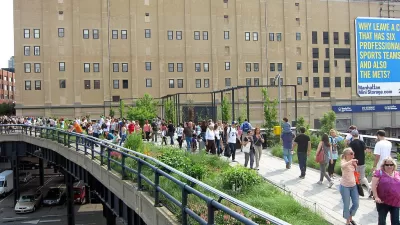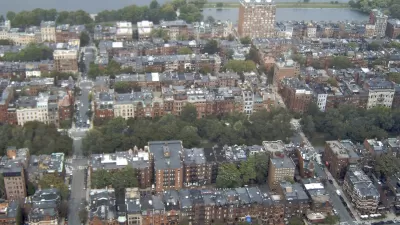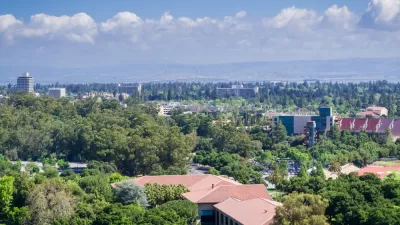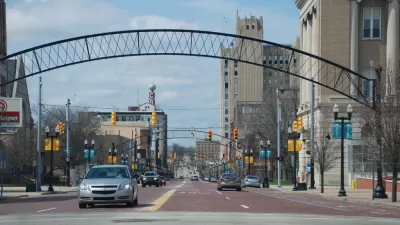One common argument against new housing (especially in Manhattan) is that the city is "overcrowded."

In Manhattan (where I live), one common argument against building any new housing is that the city is "overcrowded" and needs fewer people. This argument is not possible to disprove, since "overcrowding" is a subjective concept: my idea of crowding is your idea of energetic. Having said that, the "overcrowding argument" against new housing is based on a questionable assumption: the idea that if you don't build housing, people will just magically disappear from New York and other cities, causing the city to turn into some sort of small-town paradise.
In fact, when people are priced out of Manhattan, they react in a variety of ways. First of all, the very poorest become homeless and sleep or beg on this streets. This makes the streets even more crowded: in addition to dodging other pedestrians, we have to dodge people who are lying down in the street. Some of them sleep in the subways, making the subways more crowded.
Other people who leave Manhattan move to New York's outer boroughs or to its suburbs. Do they reduce crowding? Not if they work in Manhattan. If they take public transportation, they make the subways and commuter trains more crowded than if they could walk or bike to Manhattan jobs. If they drive, they not only increase traffic congestion but create more automobile-related pollution. If they don't work in Manhattan, they create congestion somewhere else.
Still others move to other metropolitan areas. Do they reduce New York's crowding? I guess so, but at a heavy cost. When a New Yorker moves to a new city, he or she makes that new city a little more crowded. And if the mover drives to work (as most non-New Yorkers do), he or she creates more pollution of various types than would be the case if the mover stayed in New York and rode a subway to work. If the mover's household gets more housing space, they have more space to heat and cool and decorate, increasing their carbon footprint. And if they moves to a less temperate climate (such as the Deep South or the upper Midwest) that person will create more heating and cooling, thus increasing greenhouse gas emissions. (On the other hand, households who move to southern California often reduce their carbon footprint by using heating and air conditioning less, even if they drive more than New Yorkers.)
Moreover, New York's current level of crowding is hardly unprecedented. Manhattan is actually less populous than it was for the first half of the 20th century: in 1910, Manhattan had 2.3 million people, almost 50 percent more than its current population. Parts of Hong Kong still are far more dense than Manhattan: the Mong Kok district has 340,000 people per square mile, about five times Manhattan's current density and about three times Manhattan's 1910 density.

Maui's Vacation Rental Debate Turns Ugly
Verbal attacks, misinformation campaigns and fistfights plague a high-stakes debate to convert thousands of vacation rentals into long-term housing.

Planetizen Federal Action Tracker
A weekly monitor of how Trump’s orders and actions are impacting planners and planning in America.

In Urban Planning, AI Prompting Could be the New Design Thinking
Creativity has long been key to great urban design. What if we see AI as our new creative partner?

How Trump's HUD Budget Proposal Would Harm Homelessness Response
Experts say the change to the HUD budget would make it more difficult to identify people who are homeless and connect them with services, and to prevent homelessness.

The Vast Potential of the Right-of-Way
One writer argues that the space between two building faces is the most important element of the built environment.

Florida Seniors Face Rising Homelessness Risk
High housing costs are pushing more seniors, many of them on a fixed income, into homelessness.
Urban Design for Planners 1: Software Tools
This six-course series explores essential urban design concepts using open source software and equips planners with the tools they need to participate fully in the urban design process.
Planning for Universal Design
Learn the tools for implementing Universal Design in planning regulations.
Gallatin County Department of Planning & Community Development
Heyer Gruel & Associates PA
JM Goldson LLC
City of Camden Redevelopment Agency
City of Astoria
Transportation Research & Education Center (TREC) at Portland State University
Jefferson Parish Government
Camden Redevelopment Agency
City of Claremont






























